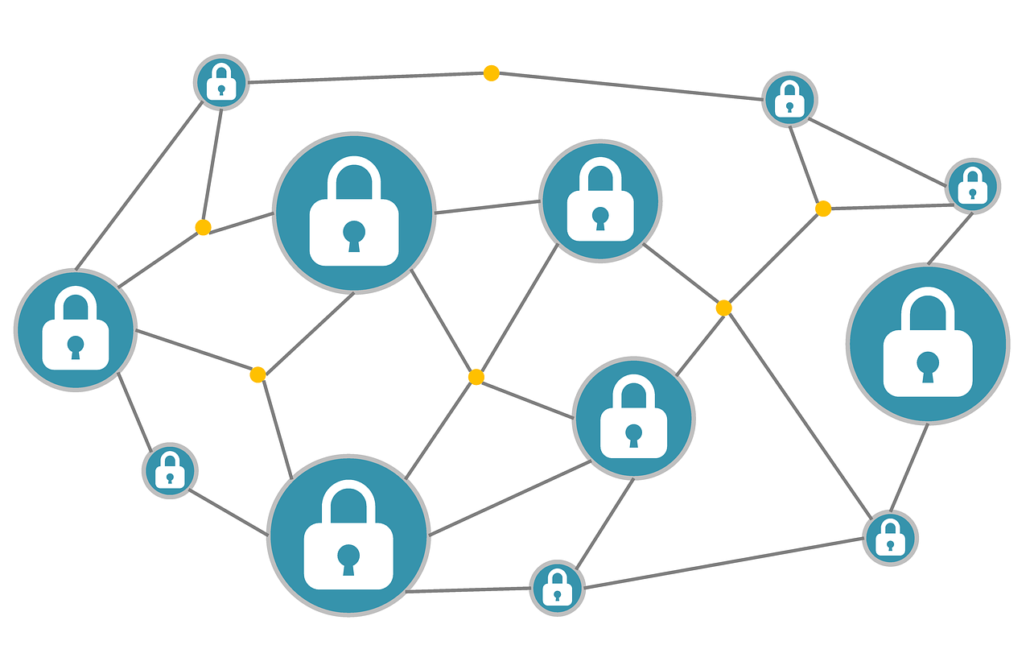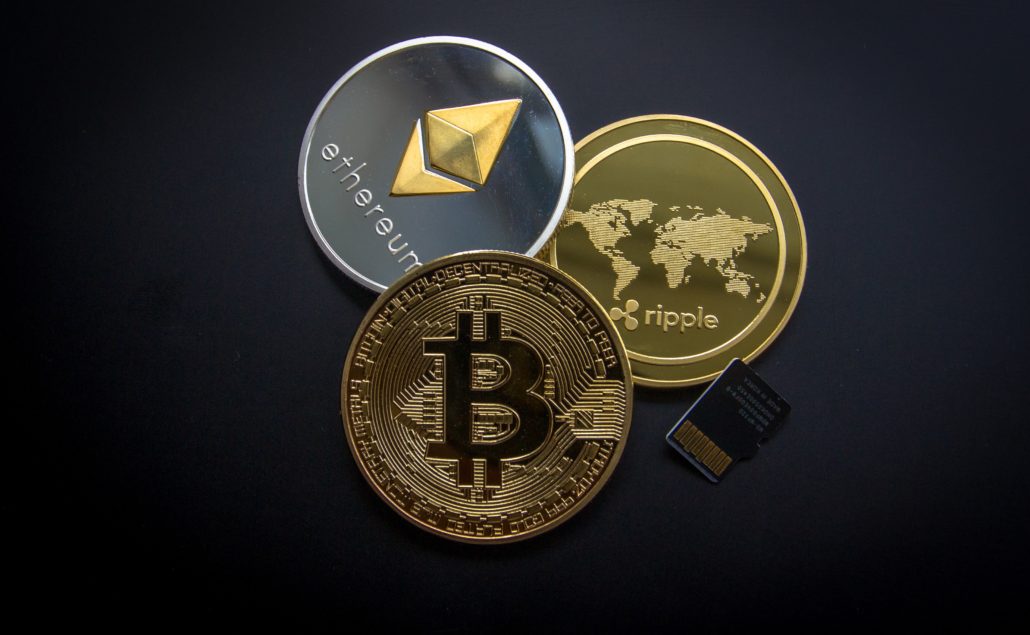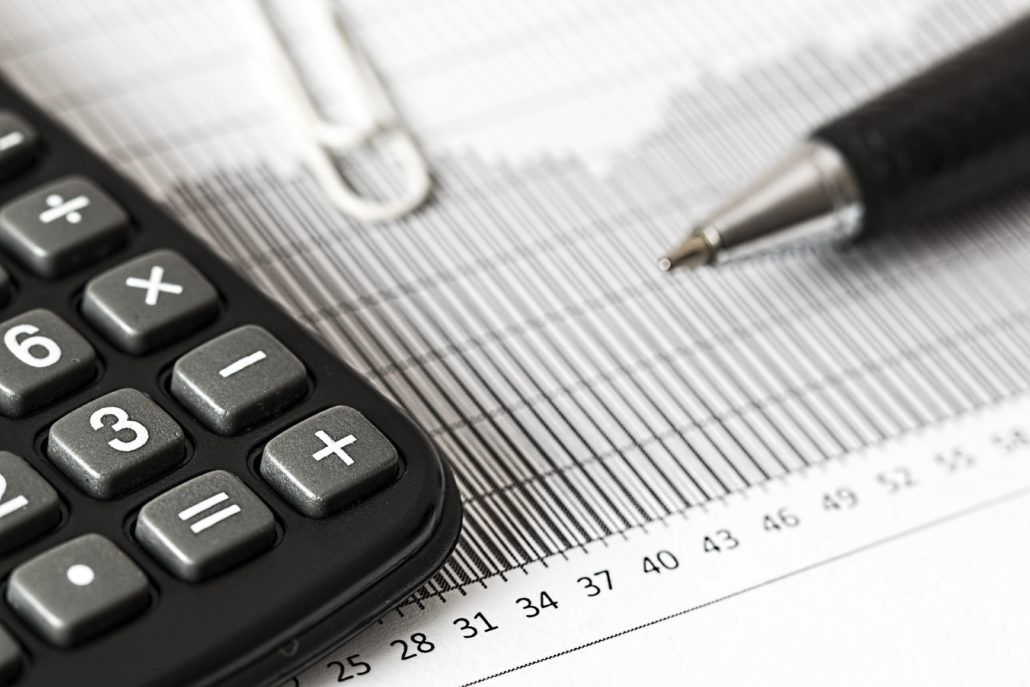Cryptocurrency & Blockchain: Hype or the New Reality? (Part 1)

Cryptocurrencies such as Bitcoin and Ethereum have been on a wild ride in the past couple years, famously reaching sky-high growth and then plummeting without much warning. No doubt, there are skeptics of this novel currency — but there are also countless stories of rich crypto lovers and modern businesses that have taken a chance on the digital trend. Is this just a fad, or should all companies start adopting a crypto strategy?
A confusing currency for business

It’s a non-stop rollercoaster in the digital currency world, and the only sure thing seems to be how confused it’s made the would-be investors and businesses that are considering getting on board.
It’s understandable. Many people don’t understand how any commodity can vary so dramatically in price, especially something with no intrinsic value.
Yet experts predict that cryptocurrency is here to stay for the long haul. If that is the case, most business professionals will need to learn the basics of digital currency and this emerging technology.
The sooner, the better — and potentially, the more profitable.
What is blockchain?

Any discussion about crypto has to start with its underlying technology: blockchain.
Simply put, a blockchain is a public ledger that automatically records every transaction that happens on the network.
For instance, if you collect 10 Bitcoin from a customer, then a “block” on the Bitcoin blockchain will record that transaction.
If you’re thinking that it sounds easy to tamper with, think again.
Is blockchain safe?

The blockchain has checks and balances for added protection. To start, every transaction on the blockchain is verified by “miners” who are individuals using powerful computers to crunch the numbers. These miners make sure that every single block is compatible with all the others that came before it. Any effort to tamper with the blockchain would need to edit multiple blocks simultaneously to ensure constant agreement — a task that’s almost impossible to do.
In addition, whoever owns the computers that successfully verify a transaction will be rewarded with brand new cryptocurrency (Bitcoin, in the example above). This provides an impressive incentive structure to keep the miners ahead of the hackers.
Blockchains also have an added security. Every single token is traceable through every account it has ever been in.
How are various crypto tokens different?

Each individual crypto token has its own blockchain, some of which operate differently.
For example, Ethereum’s blockchain is programmable, allowing for the development of “smart contracts” that automatically fulfill themselves once set conditions are met. Bitcoin’s blockchain lacks this functionality.
Likewise, various blockchains have different processing speeds, with Ethereum generally moving more quickly than Bitcoin. Of course, actual processing speeds are always variable depending on the number and quality of miners verifying the transactions at any given moment.
Supply and demand

There are many different types of cryptocurrency coins, and each has a differently planned circulation — or how much of it is available to the marketplace. Coins with lower planned circulations, such as Bitcoin’s 21,000,000 BTC, tend to be favored by investors since the limited supply translates into a higher price if demand is also high.
By contrast, Ripple’s planned circulation of 100,000,000,000 XRP means that any single XRP can’t be worth that much — no matter how high demand climbs.
However, a very large supply is a prerequisite for any coin hoping to compete with traditional currencies for everyday transactions, such as the U.S. Dollar. The most ardent blockchain supporters tend to favor large circulating supplies as a result.
So should you accept Bitcoin or other cryptocurrencies in your business? And if so, how do you get started. Read Part 2 to learn the answers.




